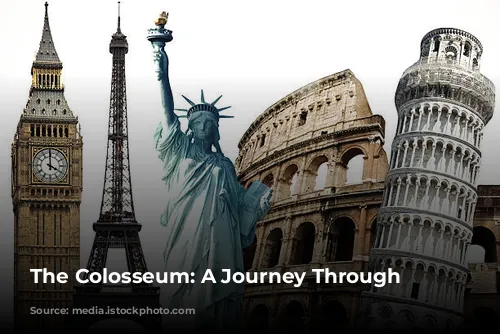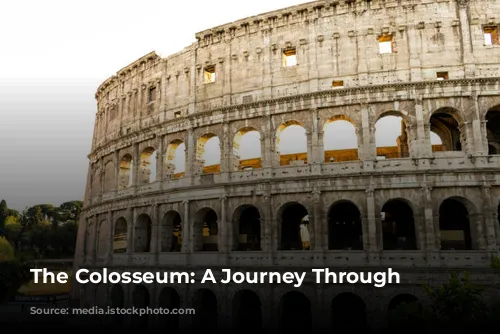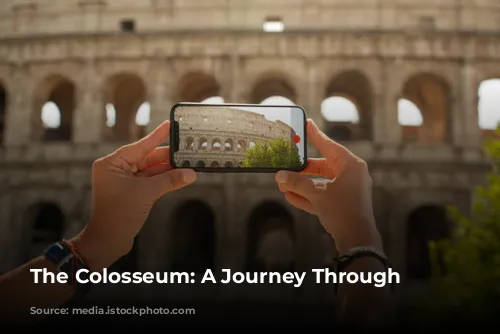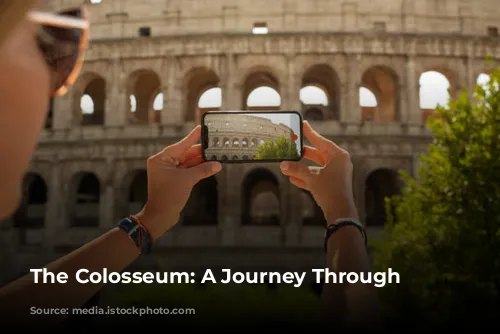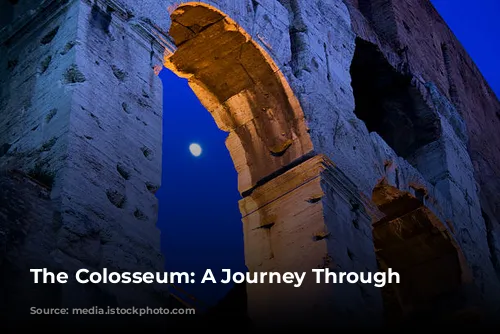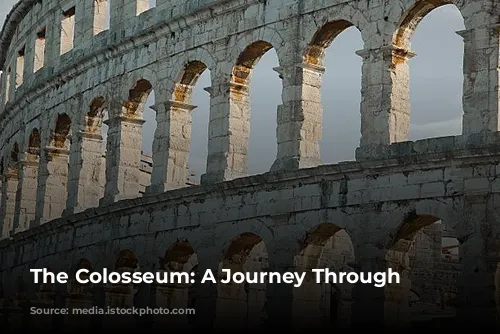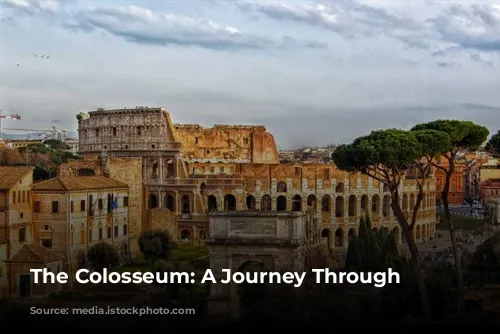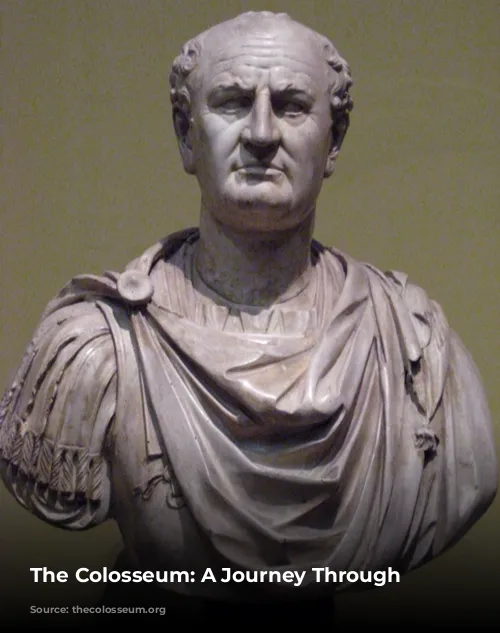The Colosseum, a majestic monument standing tall for nearly 2,000 years, is a testament to the grandeur and complexity of the Roman Empire. This iconic arena, a symbol of Roman power and entertainment, has witnessed countless historical events, from bloody gladiator battles to thrilling hunts, leaving behind a legacy that continues to captivate the world today.
Let’s delve into the fascinating history of this ancient marvel and discover some intriguing facts about its construction, purpose, and impact on Roman society.
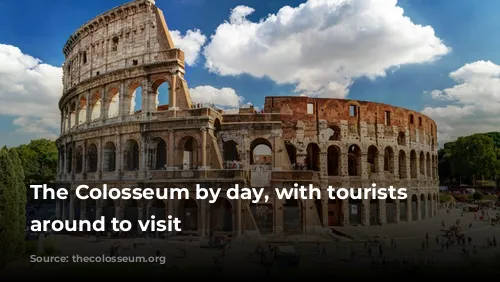
A Symbol of Roman Might
The Colosseum was built during the Flavian Dynasty, under the reigns of Emperors Vespasian, Titus, and Domitian. Construction began in 72 AD and concluded in 80 AD, a testament to the Roman Empire’s organizational prowess. The Colosseum stands as a tribute to the Flavians, who sought to solidify their power and appease the Roman populace.
The construction of this colossal arena, however, was marred by a tragic chapter. The Jewish Temple of Jerusalem was destroyed after the first Jewish-Roman War, and many Jewish inhabitants were forced into slavery. Estimates suggest that 60,000 to 100,000 Jewish slaves were employed in the Colosseum’s construction, highlighting the brutal reality of Roman conquest and its impact on the lives of those conquered.
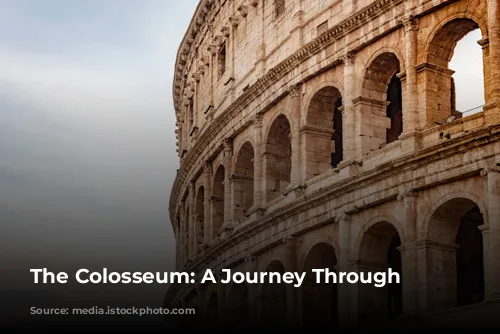
The Colosseum’s Purpose: Entertainment and Power
The Colosseum was not merely a place for entertainment; it served as a vital tool for maintaining social order and promoting the Roman way of life. Emperor Vespasian, seeking to unite the Roman populace after the turbulent reign of Nero, ordered the construction of the Colosseum on the site of Nero’s extravagant palace, the Domus Aurea.
This act symbolized the rejection of Nero’s extravagance and the embrace of a more inclusive and participatory form of leadership. The Colosseum became a platform for the Romans to engage in collective experiences and celebrate the triumphs of their empire. The games, with their spectacles of violence and death, served as a potent reminder of the power of the state and the consequences of defying its authority.

A Glimpse into the Colosseum’s Inner Workings
The Colosseum’s immense size and intricate design allowed it to accommodate a vast audience, with an estimated capacity of 50,000 to 80,000 spectators. The arena, built with 100,000 cubic meters of travertine stone, was a marvel of engineering. The stone blocks, sourced from the quarries of Tivoli, were held together by thousands of iron clamps, showcasing the Romans’ ingenuity in construction.
Underneath the arena lay a complex network of tunnels and chambers known as the Hypogeum. This labyrinthine system served as a holding area for gladiators, animals, and prisoners, facilitating the smooth operation of the spectacles. With 80 vertical shafts connecting the Hypogeum to the arena, the Romans were able to execute elaborate entrances and transitions, adding to the drama and spectacle of the events.

The Colosseum’s Legacy: A Tapestry of Blood and Glory
The Colosseum was a stage for a wide range of spectacles, from gladiatorial combat to elaborate hunts featuring exotic animals. Lions, tigers, elephants, bears, and numerous other creatures were brought to the arena, creating a visceral experience for the spectators. The sheer number of animals used in these hunts is staggering, with estimates suggesting millions perished over the centuries, highlighting the Romans’ thirst for entertainment and the devastating impact it had on the natural world.
However, the Colosseum was not just a place of death and destruction. Gladiator fights were often more than just battles to the death. They were regulated contests, with fighters classified based on their skills and styles. Refereees and doctors monitored the fights, adding a layer of structure and spectacle to the proceedings. Some gladiators even achieved fame and fortune, earning the admiration of the crowds.
Despite the entertainment value of the Colosseum, it’s crucial to remember the human cost of these spectacles. It is estimated that 400,000 individuals, including gladiators, slaves, criminals, and prisoners, perished in the Colosseum. The Colosseum’s history is a stark reminder of the violence that permeated Roman society and the sacrifices demanded in the pursuit of entertainment and power. While the Colosseum is celebrated for its architectural splendor and its role in Roman culture, we must also acknowledge the darker aspects of its history, recognizing the human suffering that took place within its walls.

The Colosseum’s Enduring Presence
The Colosseum’s use as an arena for gladiatorial combat and animal hunts ceased around the 5th century AD. While the rise of Christianity is often attributed to this change, the primary factor was the declining resources of the Roman Empire. Maintaining the Colosseum, procuring gladiators, and acquiring exotic animals became increasingly expensive.
The Colosseum continued to be used for a variety of purposes throughout the centuries, serving as a cemetery, a place of worship, and even a fortified castle. The Colosseum has endured natural disasters, including fires and earthquakes, and has been restored and rebuilt numerous times over the millennia.
Today, the Colosseum stands as one of the world’s most popular tourist destinations, attracting over 7 million visitors annually. It serves as a reminder of the enduring power of Roman civilization and the enduring fascination with the ancient world. The Colosseum’s story is a testament to the ingenuity, brutality, and complexity of the Roman Empire, a reminder of a bygone era that continues to influence and inspire us today.
